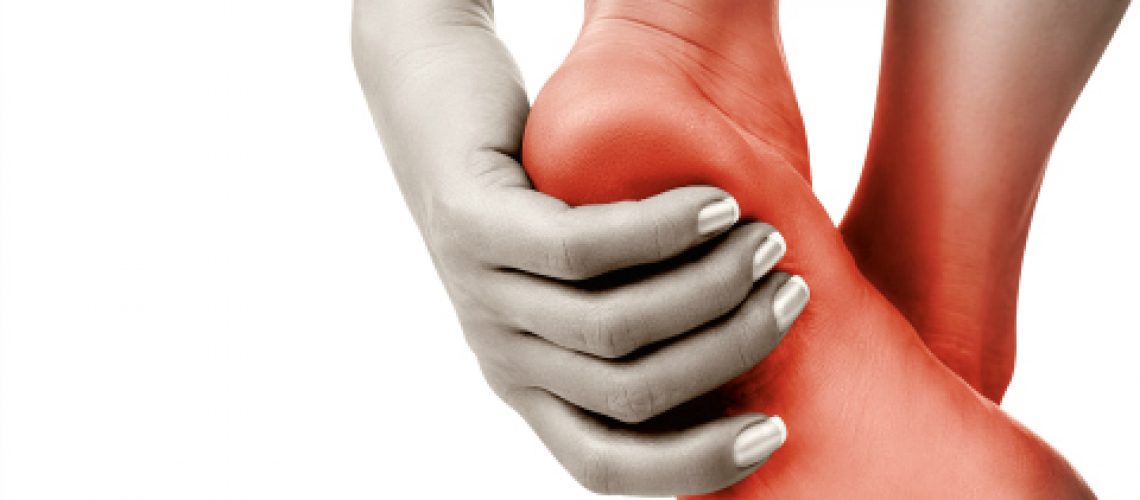We have all been struggling to maintain our gains and stay active during this quarantine 🙁 Since gyms have been closed you might have picked up other ways to stay active, including running. While running is a great way to stay active, if you do not ease into it you might end up with many different aches and pains that you’ve never experienced before. The most common running injury we see in new runners is plantar fasciitis, pain at the bottom of the foot. Check out the information below on how to manage it!
Why does the bottom of my foot hurt so much?
The plantar fascia is a long tendon-like structure that runs from your heel all the way to the base of your toes. Its job is to provide the arch support, so it doesn’t collapse whenever we weight bear, and it also helps with shock absorption while weight bearing. When there is increased force on the plantar fascia, small tears can occur causing inflammation and pain. Running increases the amount of force you place on the plantar fascia almost 3-fold as compared to just walking. If you just started running during quarantine, your plantar fascia might be inflamed because it is not used to the amount of force applied on it. If you don’t address and manage the pain early on it can become a chronic condition and even just standing for long periods of time can cause pain.
Most common symptoms:
- Pain at the bottom of the foot, near the heel
- Pain with the first few steps after getting out of bed in the morning
- Greater pain after exercising (not during)
What can I do at home to manage the pain?
Stretch the plantar fascia, calf muscles, and the small muscles at the bottom of the foot:
- Big toe extension stretch
- Calf stretch
- Rolling a lacrosse ball under the foot
Strengthen the “foot core” muscles:
- These small muscles on the bottom of the foot act like the plantar fascia and provide arch support and shock absorption while running
- If these muscles are weak and inactive, other muscles in your lower extremity have to pick up the slack and this can eventually lead to other injuries ex. Shin splints
Ease into running:
- Warm-up: make sure you do an adequate warm-up before running to reduce your chance of injury
- Short runs: if you’re a beginner aim for shorter runs initially (2-5 km) a few times a week
- 10 % rule: only increase your mileage by a maximum of 10% a week
- Stagger your runs: make sure you give yourself a rest day between your runs to allow for recovery
- Incorporate cross training: exercise in variable ways to use different muscles so you don’t overuse the same muscles and get injured
Check out our Instagram page @thelabsportsmed for more videos and exercises for plantar fasciitis!

